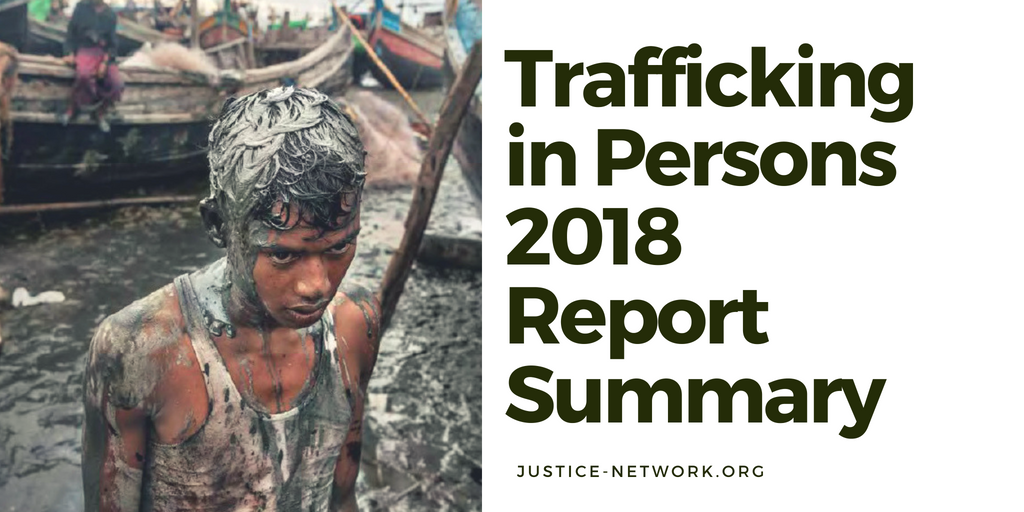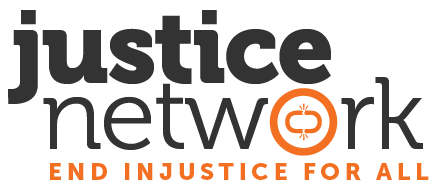
 The new Trafficking in Persons Report was released by the US Department of State a few days ago. It is time to give a summary of which countries have improved and what caused these positive results. Download the full report here.
The new Trafficking in Persons Report was released by the US Department of State a few days ago. It is time to give a summary of which countries have improved and what caused these positive results. Download the full report here.
The tier system is just an easier way of understanding how much a country attempts to battle human trafficking in their country through prevention and awareness work, rescues that occur, civil and just laws against slavery, criminal arrests, prosecutions, and how many rights are given to those who have been rescued as well as aftercare attention.
Tier 1 is the highest rank possible, but keep in mind that human trafficking still happens in such countries with this rank (like in the U.S. as an example). Tier 2 ranking means that the country is doing something, but still not working as hard as they could. Tier 2 watch list tends to mean that they are on the edge of both Tier 2 and Tier 3, so they need to work on improving more to see a higher tier for their country. Tier 3 is the lowest rank, where modern-day slavery is accepted socially and legislatively.
There are four countries in the “special case” department currently. They have no tier. It is hard to really understand what is going on within the borders of the country due to duress taking places in such a country, as they are either under intense warfare, have little to no government in place because of it, or they are trying to come through rigorous natural disasters (such as St. Marten).
Countries that are new to Tier 1:
ARGENTINA: There were officials prosecuted and convicted, more victims were identified and assisted, victims were granted legal protection, the amount of prosecutions rose, government officials and civil society members were trained, and data collection improved. The country was recommended to have better shelters for the male victims and for improved policies.
ARUBA: Five people were prosecuted and two traffickers were convicted due to an action plan that went through to increase police investigation units. This is the first time they have prosecuted or convicted traffickers since 2013. They still need to work on their victim protection work and funding to help with shelters, but have made many improvements.
BAHRAIN: The first conviction of a national Bahrain forced labor trafficker and also of a government official. More than 30 victims were identified and given care through a new program of self-sponsoring of undocumented workers. Anti-trafficking awareness campaigns grew throughout the country. While they made many great improvements, they still have some work to keep up with in regards to investigations of labor trafficking, as they focus a lot on sex trafficking, while the migrant workers suffer.
CYPRUS: Trafficker convictions and protection for victims increased as well as the amount of resources that were spread throughout the country. An improvement they really need to work on currently is to help make the trials shorter and to increase the length of convictions. They have been working on helping identify victims, but need to help them more as well as the asylum seekers.
ESTONIA: The Victim Support Act was put into effect helped victims to have help in case they didn’t want to appear in court or proceed with criminal reports, especially if they seek shelter without the need of law enforcement. Lawyers, judges, and more law workers need better training especially since there could be fraud problems in the country. 16 government cases were prosecuted in the year which was an increase from previous years. 57 cases by authorities were prosecuted as well. 14 traffickers were convicted, also an increase, but they only received two to six years of prison time.
JAPAN: For many years Japan had been a Tier 2 country. What has changed that is a new task force was created specifically to help combat sex trafficking of children. Previous forced pornography, subsidized dating between men and teen girls are being cracked down on. This task force was able to lead to the prosecutions and higher sentencing of traffickers, though it still needs an increase as most get only up to four years. An increase to help labor trafficking problems is still needed as well as victim care and identification. A law to go against bribery went into effect a year ago, as was previously a problem, as most of the time people are fined over convictions. 17 traffickers did receive two to four years of prison this past year, with only 5 incarcerated. 956 cases were reported last year and are being investigated since the task force began. One head of an entertainment industry was given a severe charge for his pornography production which also has helped with other new laws to help underage children more.
Countries that were Tier 1 and fell to Tier 2:
ARMENIA: While the country does do work against human trafficking, they failed to make sustaining efforts after being tier 1 for five years. They declined because of a lack of training for law enforcement and awareness campaigns. Many children were interrogated as criminals rather than as victims. Cases were dropped repeatedly.
IRELAND: Although there was a law made in 2013 to help fight in the prosecutions and convictions of traffickers, there have never been prosecutions in that time, and this past year only three were convicted. Victim services and international investigations are their focus and what they do well in, but it needs improvements on top of the rest of the work. Law enforcement needs improved training throughout the country to combat and fight human trafficking. Even though there were 115 victims identified, the fact that only three traffickers of those victims were convicted is very low.
Countries that fell to Tier 3:
BOLIVIA: This country was on the Tier 2 watch list for four years but never tried to fix their errors, causing them to drop. Awareness there has been increasing but no one has been identified as victims and no one is following through in investigations and resources are low in order to understand enough of how to help in the crimes and rescues. Only seven people have been convicted since 2012.
BURMA: Child soldiers are a huge issue there, there have been some awareness programs enacted in the country to help prevent further issues. The government caused problems targeting minority groups through operations they were trying to handle, which exploited children to further trafficking problems. Recruitment of child soldiers continue to grow. Sex and labor trafficking has also increased. There is little protection for victims there and a need of arrests and convictions can help the country a little too.
GABON: Although more child trafficking victims were identified and cared for this year than the previous year, no traffickers were convicted. For consecutive five years, an amendment on criminalizing adult trafficking was ignored. Social workers also need to be trained in the country on top of the lack of legal help for victims and a lack of arrests and prosecutions and convictions of traffickers.
LAOS: After four years on the Tier 2 watch list, Laos dropped to tier 3. There is a great profit in the trafficking business in Laos despite some efforts of the government addressing human trafficking as problem in their country. Front line officers don’t have proper training as well as border officers for identifying victims. Child sex tourism continues which is why many laws are slacked in the fight against human trafficking. Sex and labor trafficking are big problems. The country needs to prosecute and increase the resources towards the fight. There was an anti-trafficking law enforced in 2015, but not much work to secure the sincerity of the law takes place.
Here’s the full list of country tier placement

[all images are directly from the report]

Very useful – thanks for sharing.
Of course, many multinational companies rooted in Tier 1 countries are responsible for a lot of trafficking issues (sourcing of cacao, palm oil, conflict minerals, shrimp, etc.)